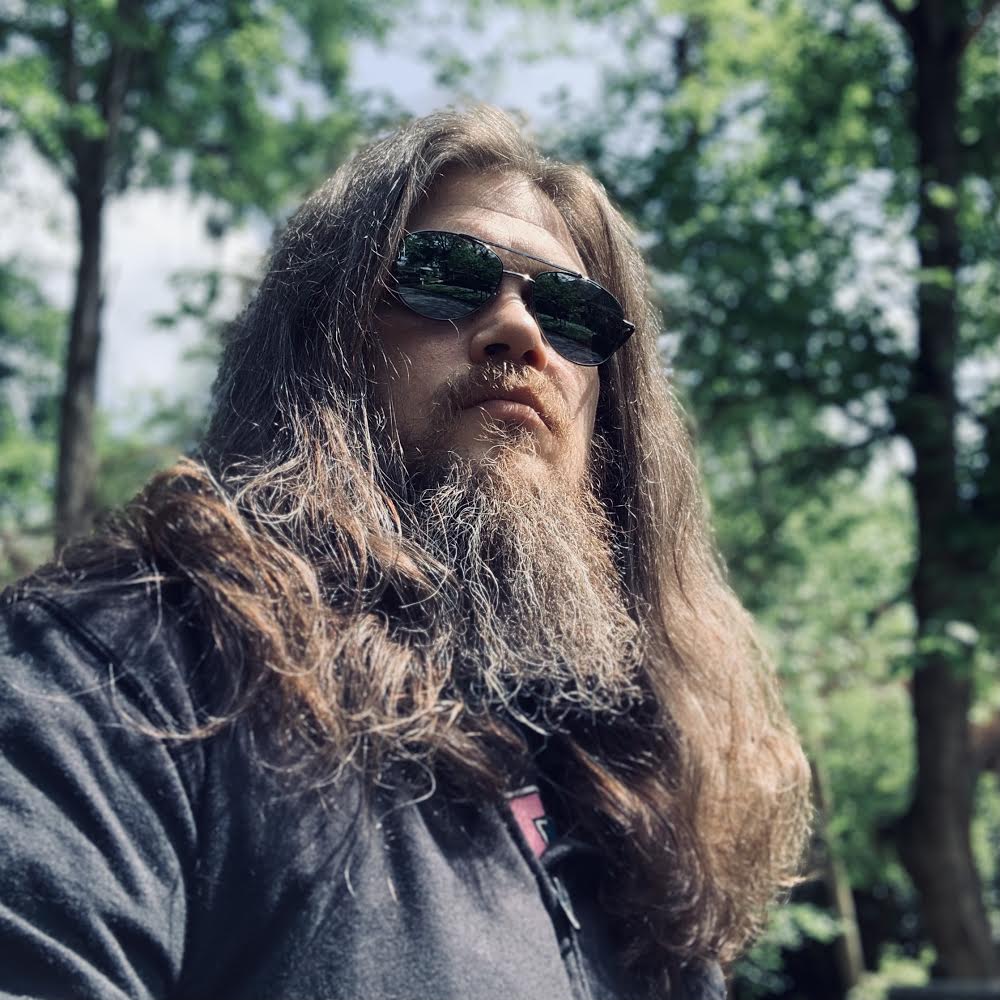Best non-Marvel/DC superhero universes
There are superhero worlds to celebrate in comics outside of DC and Marvel, and these are the best
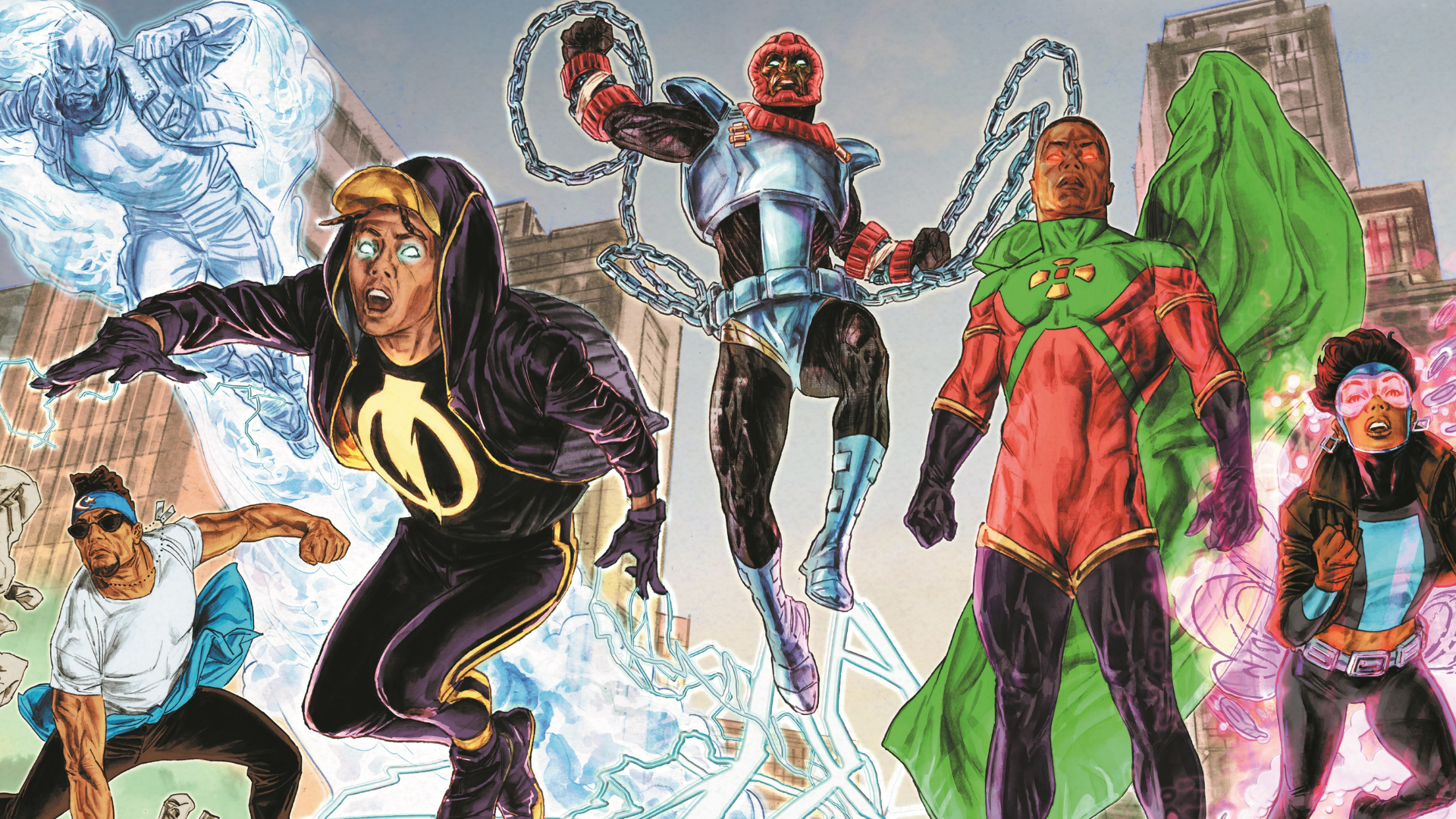
Did you know there are superhero universes other than the DC and Marvel Comics ones?
With the continued multimedia domination of heroes from the 'Big Two' - think Spider-Man: No Way Home, The Batman, Moon Knight, and She-Hulk - it's easy to forget not all superheroes get to pal around with icons of the Justice League or the Avengers.
But believe it or not, they do exist ... and even thrive.
If you dig superhero universes, there are several other worlds worth your time and attention if you're willing to look beyond the ubiquitous mega-brands.
And that's not even mentioning some classic characters like DC's Black Adam and Shazam! (or is that Captain Marvel? more on that later...) began their life in different universes. And somewhat ironically, a one-time British knock-off of Shazam!, Miracleman, will soon return in Marvel Comics.
From old to new, from long-defunct to just-coming-into-their-own, from the worlds of Hellboy to Spawn, here's Newsarama's look at the best non-Marvel or DC superhero universes comic books have to offer.
10. Millarworld
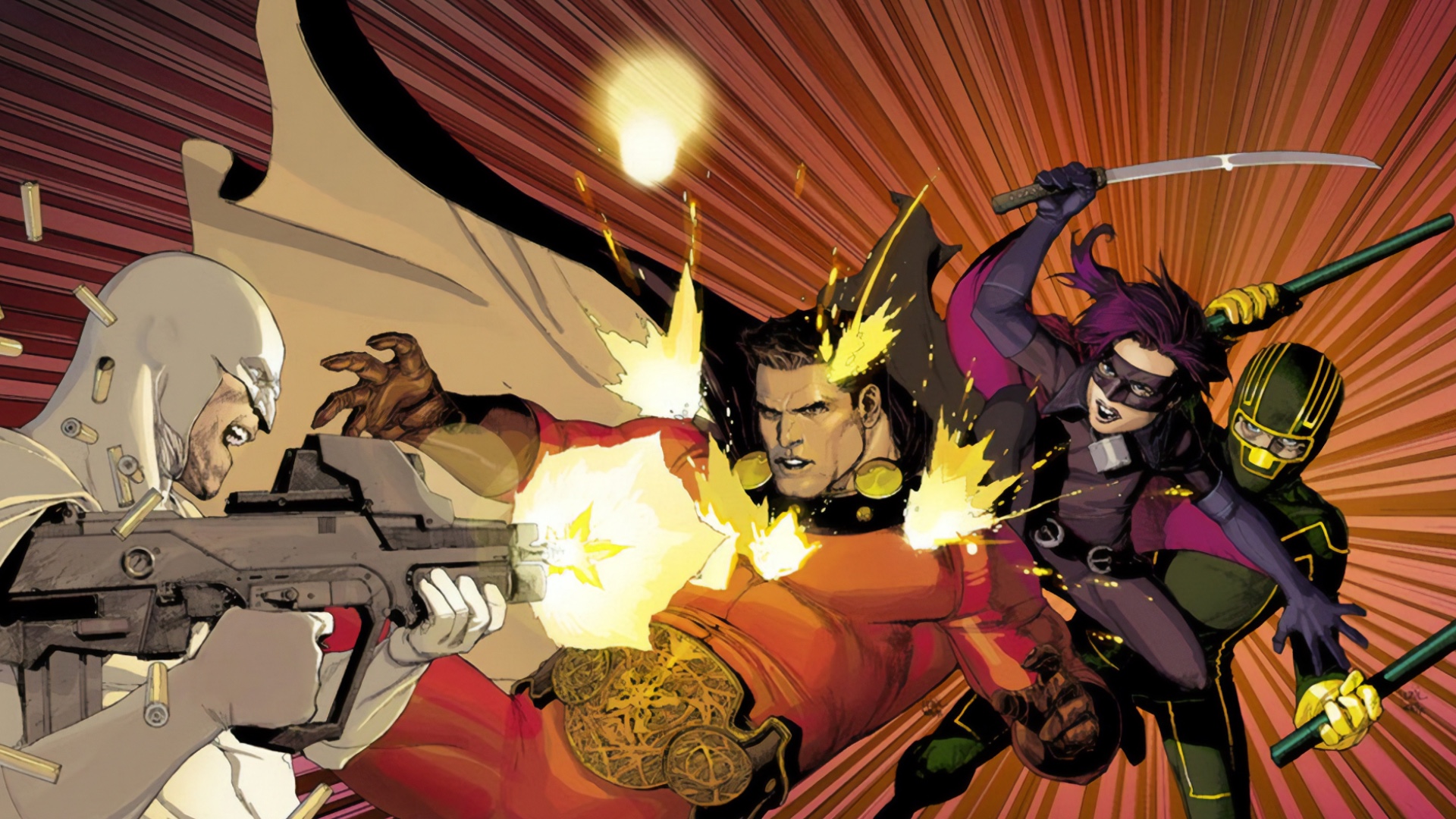
Mark Millar's eponymous Millarworld is less a cohesive superhero universe and more a banner for the writer's various projects with top-notch artists, which aren't limited to superhero stories.
Comic deals, prizes and latest news
Get the best comic news, insights, opinions, analysis and more!
But to discount Millarworld's importance to the superhero genre would be a mistake. Between stories like Wanted, Kick-Ass (both adapted into feature films), Superior, and Nemesis, Millar's superhero fare has become something of a modern zeitgeist for the deconstruction of superhero comic books.
Netflix now owns Millarworld, and while the streaming giant's first adaptation Jupiter's Legacy only got one season, it is publishing new Millarworld comic books like 2018's The Magic Order and planning more TV series and movies based on some of the Scottish-born creator's new and most popular works - including the return of Nemesis.
9. King Features
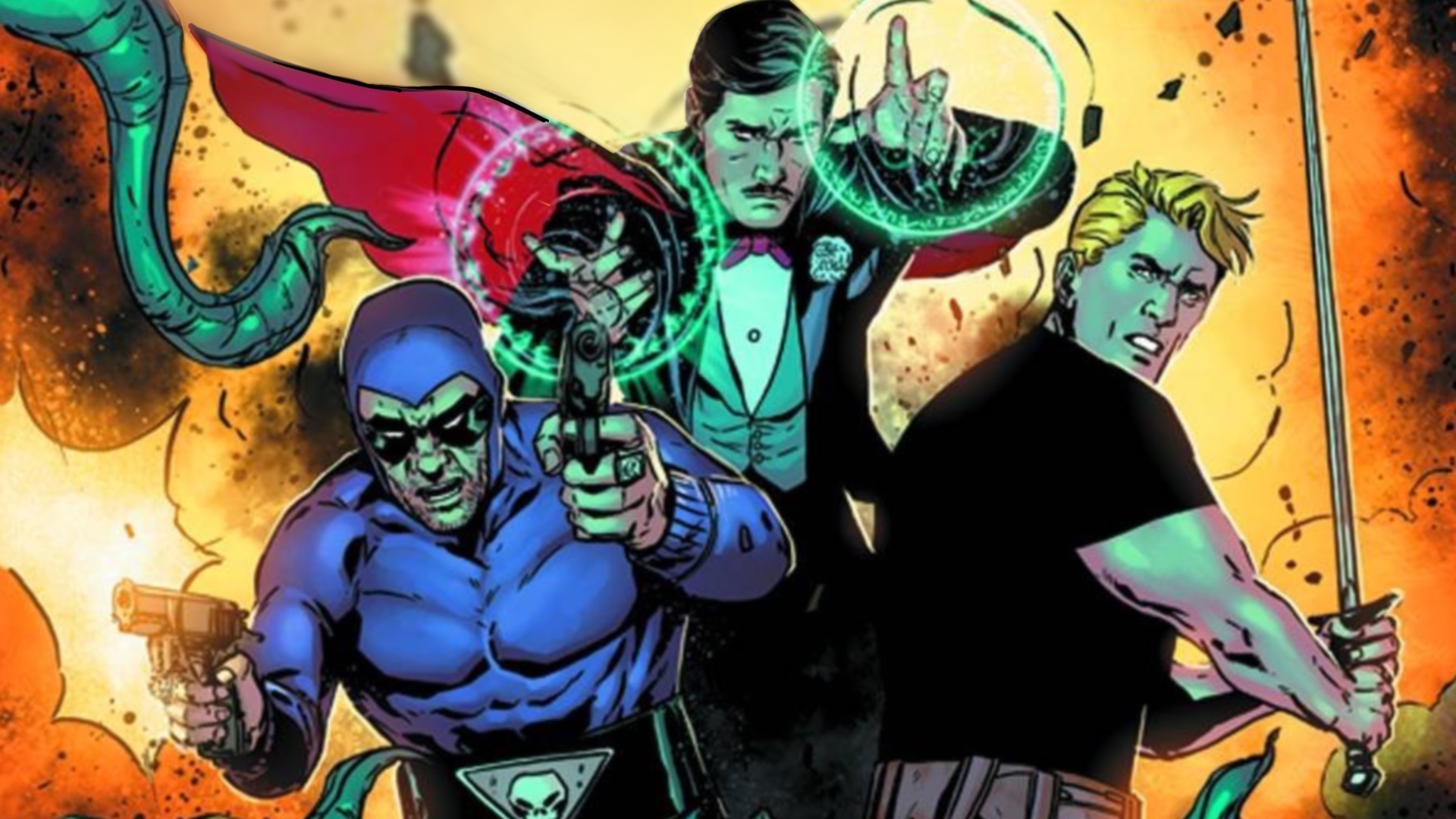
Though the characters of King Features' comic strips and serials ride the line between superheroes and pulp, it's impossible to deny the impact that characters like the Phantom, Flash Gordon, and Mandrake the Magician have had on modern superhero comic books.
Though they weren't exactly part of a "shared universe" in King's heyday, modern interpretations – including titles from Dynamite – have treated King's mystery men, pulp heroes, and sci-fi adventurers like parts of a whole, uniting them both in print and on the screen.
Who can forget the '80s Defenders of the Earth cartoon that brought them together from individual stories into a kind of pulp Avengers?
8. Wildstorm
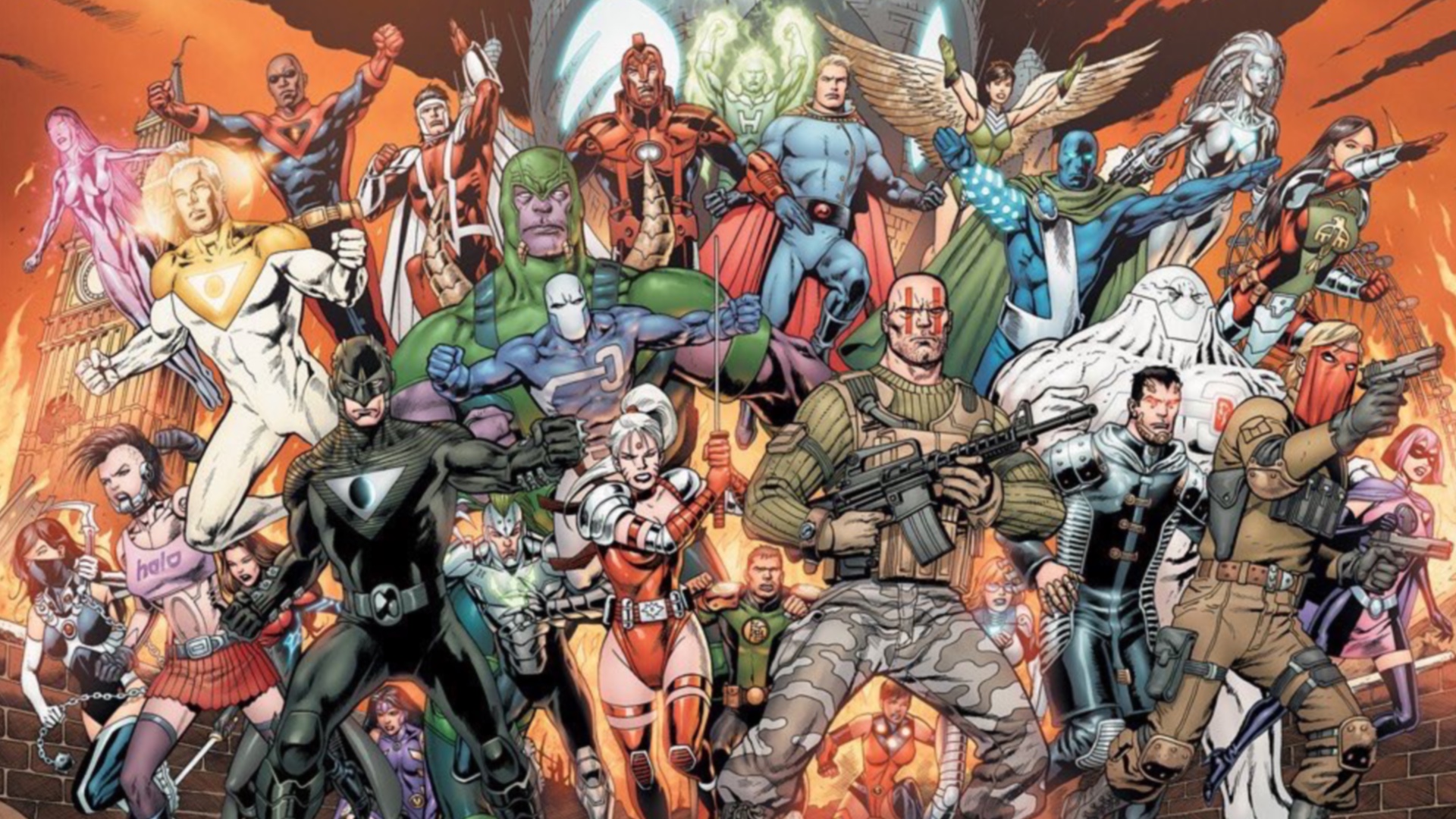
Jim Lee’s Wildstorm is one of several universes that was acquired and integrated into the DC Universe on our list. But for many years, it was its own company and universe - tangentially tied to Image, but on its own for the most part.
And the thing that really separates Wildstorm from DC – and other superhero universes – is the imprint’s commitment to challenging the perceptions of modern superheroes while also embracing classic tropes. From WildC.A.T.s. to Planetary and The Authority and its predecessor Stormwatch, the Wildstorm universe has always come across as a bleeding edge, cyberpunk vision of superhero comic books that always has something new to say, or a way to say it that it's never been said before.
And characters like Midnigther, Grifter, and the WildC.A.T.s. are still alive and well in the DCU and will make yet another mini-comeback late in 2022 for Wildstorm's 30th anniversary, including a new WildC.A.T.S ongoing series.
Wildstorm also introduced the world to a host of top talents and creators that are still making a mark today, employing everyone from founder and now longtime DC publisher Jim Lee, Brett Booth, and the always fan-favorite (though less prolific) J. Scott Campbell.
7. Milestone
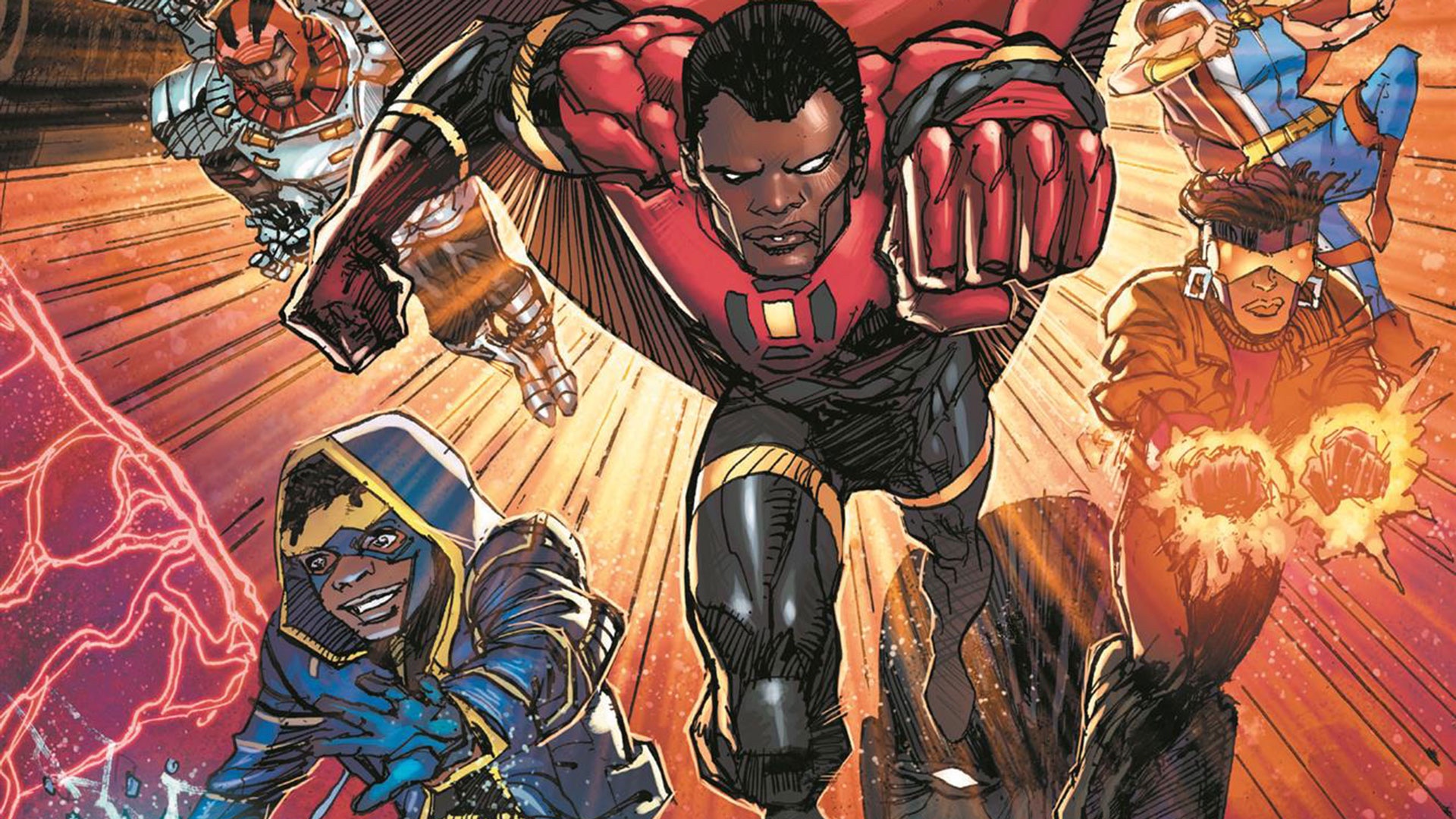
Milestone was founded by Dwayne McDuffie, Denys Cowan, Michael Davis, and Derek Dingle in 1993 as a publisher focused on creating superhero comic books that better reflected their experience as African Americans.
Quickly finding its footing as a go-to for superheroes and stories readers couldn’t find anywhere else, Milestone was distributed through DC Comics and its "Dakota" universe was wholly independent of the publisher's other superhero comic books.
Milestone initially lasted four years, giving rise to a successful animated series in Static Shock and earning a place for itself in comic book history. In 2010, DC relaunched the Milestone characters as part of its fully integrated superhero universe, where they stayed for several years with Static, in particular, playing a big role in the DC Universe even through the company's "New 52" relaunch.
While Milestone's characters were dropped from DC's line after a few years, the publisher revived Milestone again in 2021 as a separate superhero universe populated solely by the Milestone characters.
6. Archie's Red Circle

Archie’s 19 heroes – sometimes called the 'Red Circle,' or currently 'Dark Circle' heroes – are as weird as they are memorable. Based on simple, elemental concepts, characters like the Shield, the Fly, the Fox, the Web, the Comet, and more aren't what you’d call household names, but for their fans and devotees, they're as iconic as any Marvel or DC hero - and inspired a few of the Big Two's even.
Many modern fans remember the characters from Remco's Mighty Crusaders toyline in the 80s, which brought the heroes and their equally odd villains to plastic, three-dimensional life under the name of Archie's answer to the Avengers or JLA, or from the subsequent 90s relaunch as Impact Comics, a subsidiary of DC aimed at younger readers.
After the collapse of Impact, DC re-licensed the characters from Archie in 2008, though beginning in 2012 Archie has revived various versions of the heroes in the occasional new series.
5. Fawcett
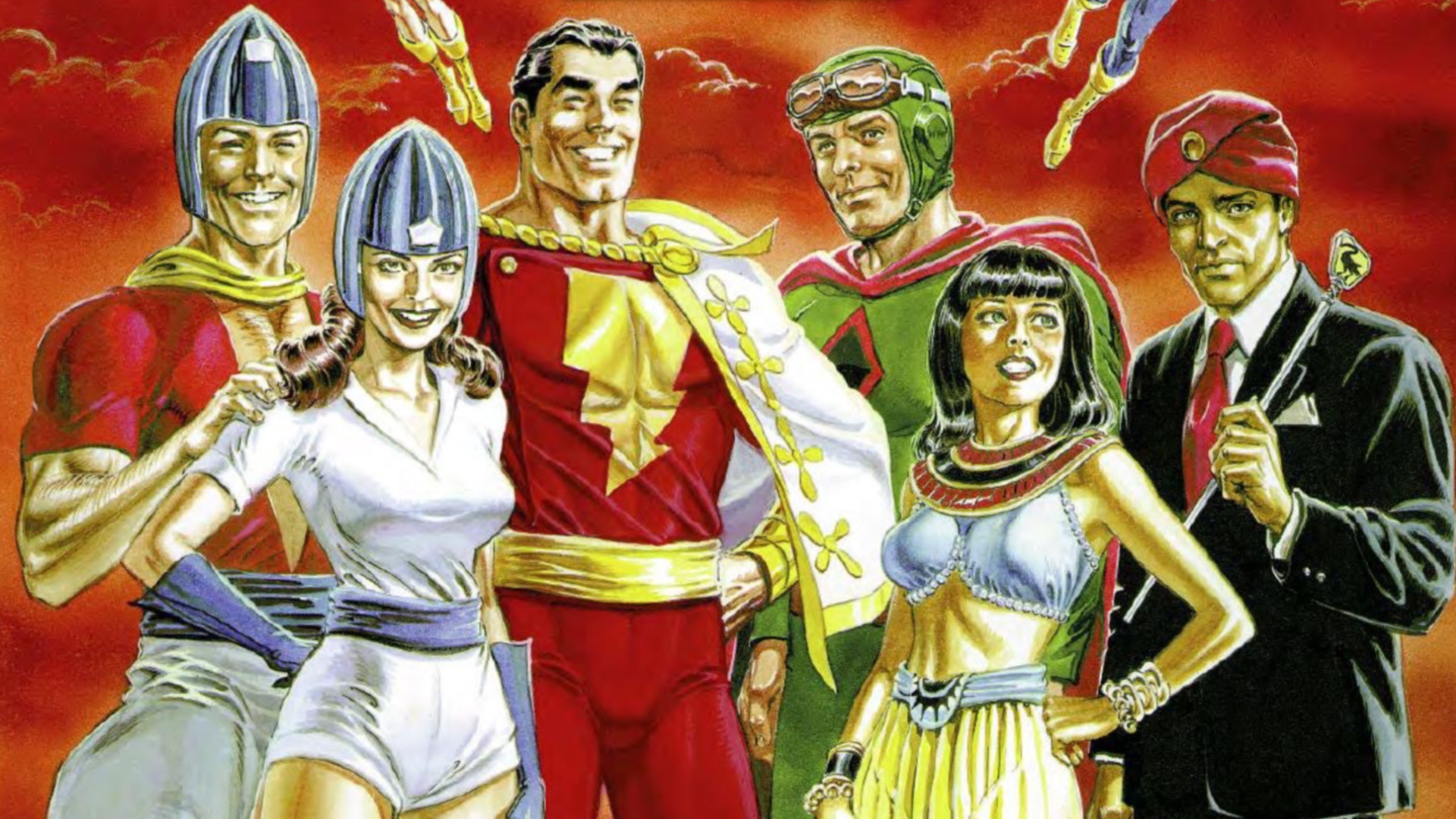
Fawcett's most lasting contribution to the world of superheroes is, of course, Shazam!/Captain Marvel – and quite frankly, that's enough to earn the defunct publisher a place on this list.
When Captain Marvel (who, thanks to trademark weirdness, now goes by simply Shazam!, the magic word that turns the young Billy Batson into an adult hero) was in his heyday, his comic book was outselling even Superman, prompting a lawsuit that is the stuff of comic book legend in which DC (then National Comics) proved Captain Marvel was infringing on the intellectual property of Superman.
But more than the landmark legal case, Shazam!'s ability to survive after subsequently being acquired by National/DC – and for him and his supporting characters Captain Marvel Jr, Mary Marvel, and Black Adam to become an integral part of its universe – proved that this kind of integration of characters could occur.
Fawcett's other top characters outside the Marvel Family and villains Black Adam and Dr. Shivina - Bulletman, Bulletgirl, and Spy Smasher - also found their way into DC lore, though it's hard to put them on the same level as the Marvels.
Shazam! got his own solo film in March 2019 and has a 2023 sequel in the works that will be preceded by Dwyane Johnson's much anticipated Black Adam in 2022.
4. Charlton
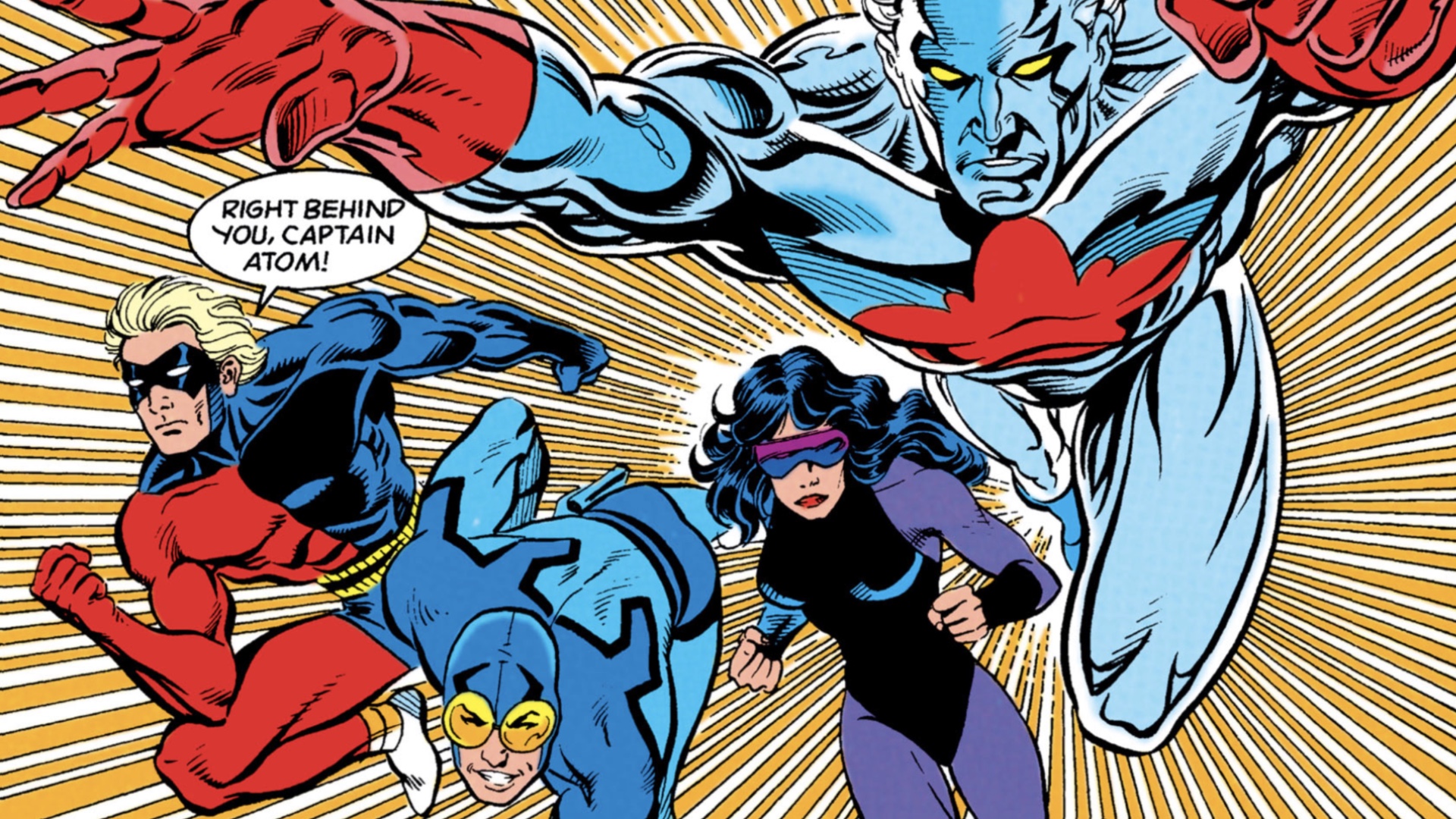
Most modern fans know Charlton Comics as a defunct company whose heroes were acquired and integrated into the DC Universe – some of whom served as the inspiration for the characters of arguably the greatest comic book story of all time Watchmen.
But in its golden years, Charlton was a powerhouse in the comic book publishing world known both for its sometimes less than savory business practices toward creators, and for publishing, printing, and distributing its own comic books rather than relying on a third party for any of these functions.
Charlton is best known for heroes like Steve Ditko's version of the Blue Beetle (himself originally from Fox Publications), Nightshade, Captain Atom, the Question, and others – most of whom are still active as part of the DC Universe after being integrated in the mid-'80s.
3. Valiant
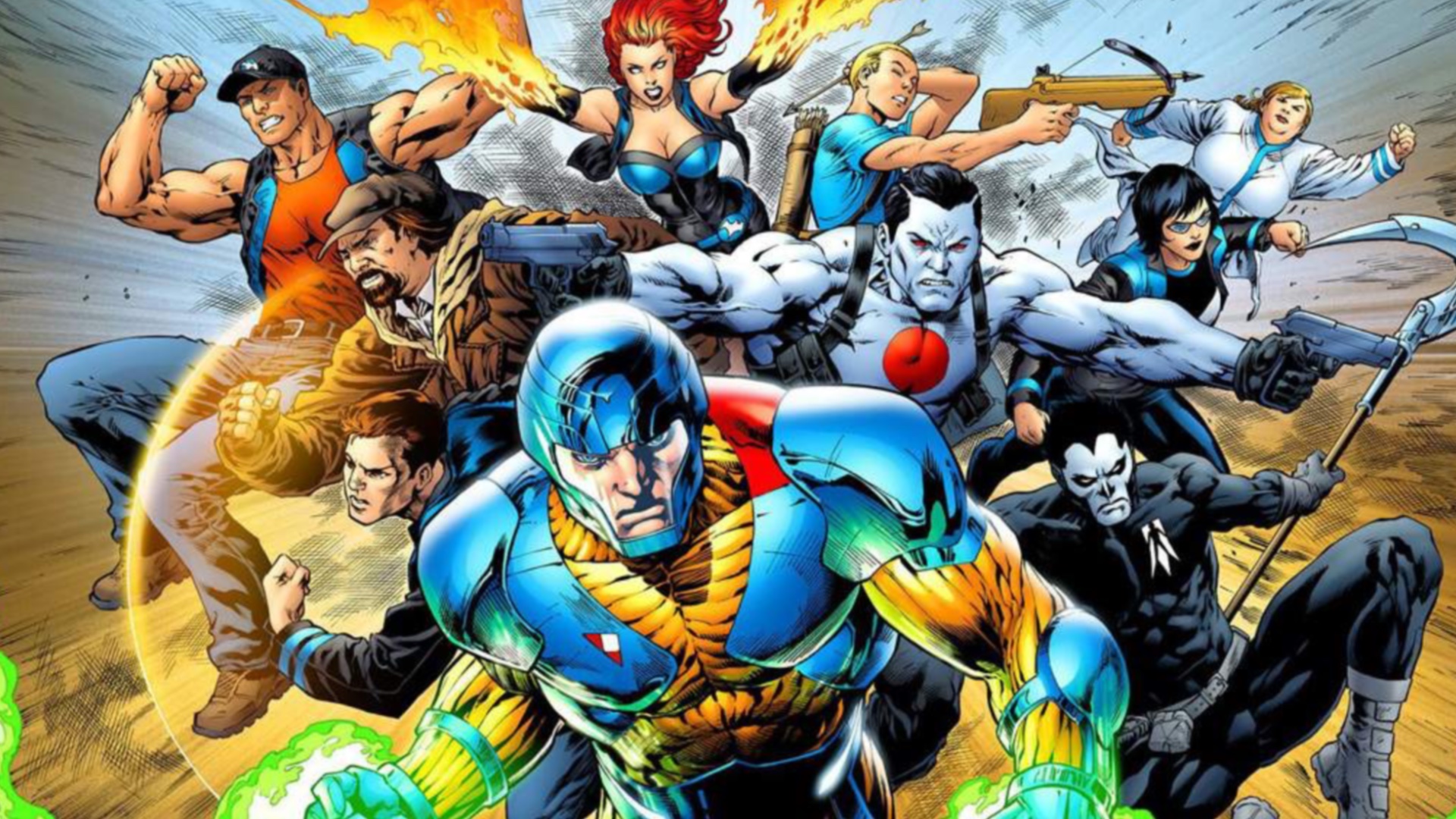
Sometimes marketing itself as the "third largest superhero universe after Marvel and DC," Valiant has had a somewhat strange history, having been shuttered and relaunched a few times since its founding in 1989 (which included licensing the Western/Gold Key characters Magnus, Turok, and Dr. Solar) by former Marvel editor-in-chief Jim Shooter and his former business partner Steven Massarsky.
Since a relaunch in 2012, however, the publisher has staked out a claim as one of the most integrated and consistent meta-narratives in modern comic books. Anchored by original Valiant characters and concepts such as Harbinger, Bloodshot, Eternal Warrior, X-O Manowar, Faith, and more, Valiant had the biggest selling independent superhero crossover in the last decade with 2015's Book of Death.
The Valiant Universe saw its first live-action adaptation in 2020 with the release of Bloodshot starring Vin Diesel, and despite never reaching its early '90s heydey still continues to publish new titles based on its most popular properties.
2. Hellboy 'Mignolaverse'
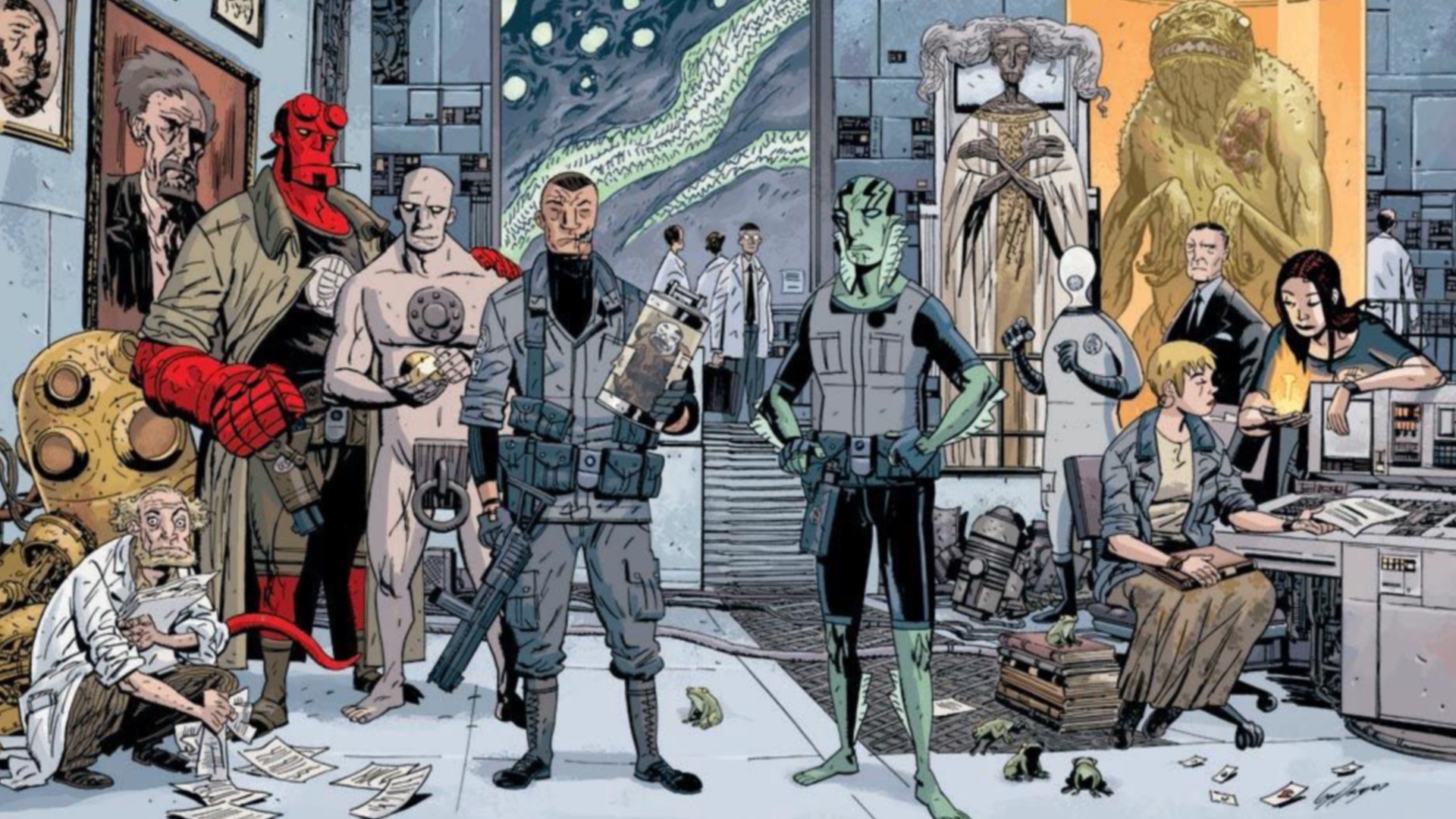
Mike Mignola's 'Mignolaverse' (as its fans have come to call it( isn't quite the traditional superhero fare, but it might as well be. Anchored by the supernatural monster fighter/mystery solver Hellboy and his equally weird and well-appointed compatriots such as Abe Sapien and Lobster Johnson of the B.P.R.D., the Dark Horse-published but self-contained world has its own mythology, mindset, and presence in today's comic book landscape.
The 'Mignolaverse' started in 1993, focusing entirely on Hellboy and his supporting cast. In the 28 years since, the Hellboy mythos has spawned countless spin-offs and tie-ins, movies, and even survived the death of its flagship character - who has since returned, though the contemporary adventures of the B.P.R.D. also subsequently wrapped.
The world lives on, however, with Young Hellboy stories now filling in the gaps of the character's early years.
1. Image

To understand how important and electric the formation of Image Comics was in the early 90s, it's important to understand the sheer audacity it took for Marvel's top artists to leave not just that publisher, but all major publishers behind and start their own company. That it not only worked but has become the indelible top of the non-'Big Two' heap is a testament to the acumen and talent of the creators involved.
But Image started with a big idea – that all of its creators' individual series could cross over and share connections despite being wholly, independently owned by their creators. Todd McFarlane's Spawn, Rob Liefeld's Youngblood, Erik Larsen's Savage Dragon, Jim Valentino's Shadowhawk, Marc Silvestri's Cyberforce, and more shared important connections among their stories that built a rich world that felt totally unique compared to Marvel and DC, and which spoke to fans in a way that other comic books at the time could not.
Now, though most of those classic Image titles still exist in some capacity, they aren't as connected as they once were. A now-infamous late 2000s six-issue limited series Image United that attempted to revive the shared universe concept published three issues. After a decade of delays and subsequent promises and attempts to complete it, the remainder of the series was ultimately abandoned.
Robert Kirkman, Ryan Ottley, and Cory Walker's Invincible was the last to carry the shared Image Universe torch, although that series grew into a large superhero universe in its own right (adapted in the Amazon Prime Video animated series) and the comic book concluded in 2018.
In 2021 McFarlane, launched the Spawn Universe, a shared universe populated solely (at least for now) of characters from the Spawn titles that may find itself on this list someday.
I've been Newsarama's resident Marvel Comics expert and general comic book historian since 2011. I've also been the on-site reporter at most major comic conventions such as Comic-Con International: San Diego, New York Comic Con, and C2E2. Outside of comic journalism, I am the artist of many weird pictures, and the guitarist of many heavy riffs. (They/Them)
